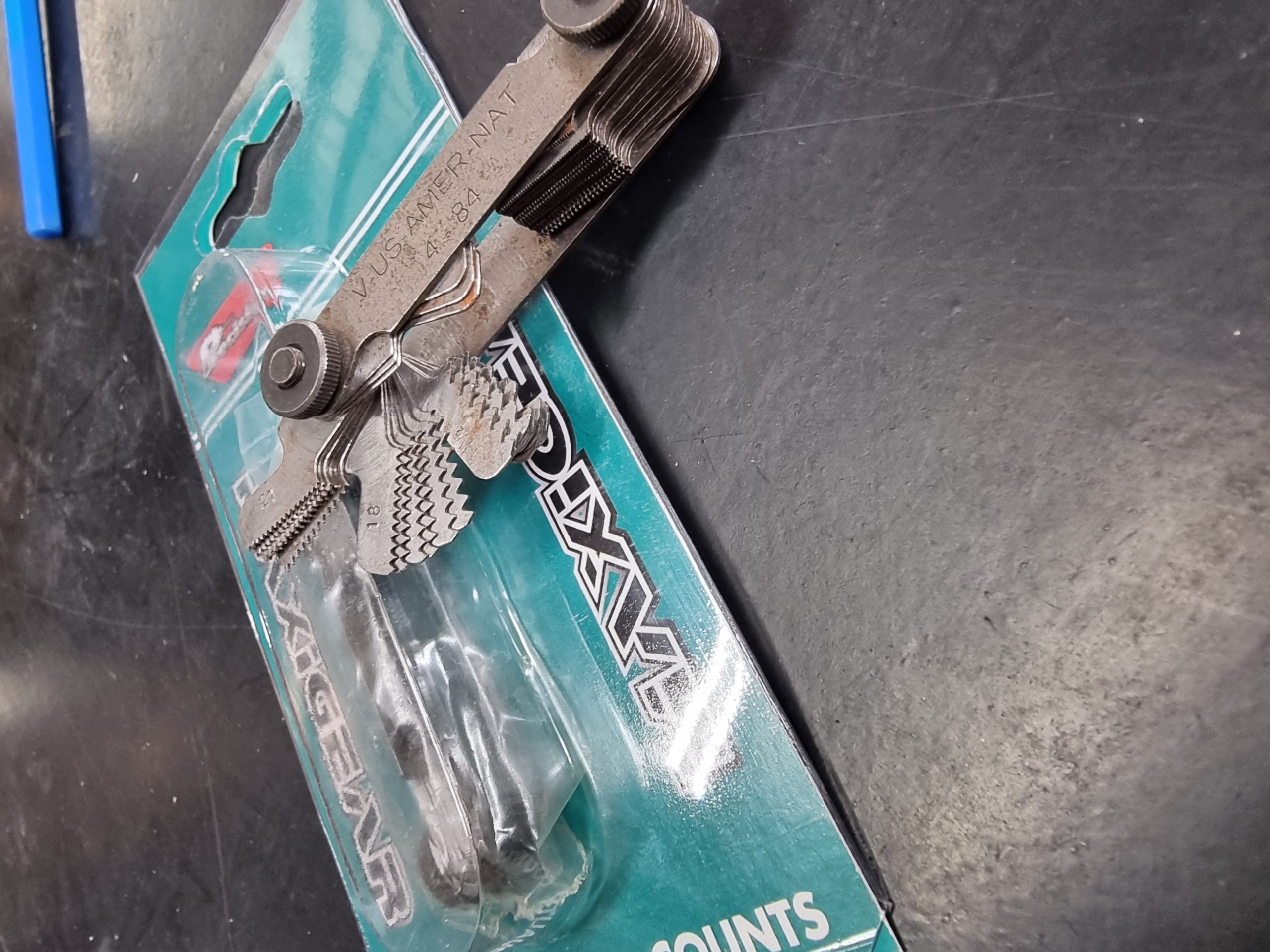Different Types of Threads and How to Recognise Them
24 January 2023Threads are known as “spiral grooves of equal measurement or shapes made on a round cylindrical article or pipe” (M, 2022). They can also be defined as “spiral grooves of equal pitch and equal depth made on the parallel round cylindrical surface or conical round surface.
Different types of threads are available for hose and tube fittings. Hence, some of you may find it difficult to select the most appropriate fitting thread type for your applications.
Six Common Types of Threads
To date, there are six common types of threads you may encounter during the selection process. These types are as follows:
1. UN/UNF
2. NPT/NPTF
3. BSPP (BSP, parallel)
4. BSPT (BSP, tapered)
5. metric parallel
6. metric tapered
The primary similarities and differences of these thread types can be determined once you already know how to recognise them.

Acquire the Necessary Tools
Before identifying various types of threads, you must first acquire two important tools on hand. One of the tools you must obtain is a pitch gauge. It can measure the distance between the crests of threads. For NPT, UN/UNF, BSPP and BSPT, you must measure the number of threads per inch. For metric threads, you must measure them in millimetres.
Another tool you must maximise to identify thread types is a calliper. It is often used to measure the thread diameter. The outside diameter must be measured for male threads, while the inside diameter must be measured for female ones.
Identify Thread Types Properly
There are 3 steps you can do to recognise thread types.
1. Know the thread diameter.
To know which group your thread belongs to, you must look at the diameter of the thread. A tapered thread can be identified if its thread diameter becomes thinner towards the end. This group includes NPT/NPTF, BSPT, and metric tapered. Alternatively, a thread diameter that is similar throughout means you have a parallel thread. It includes UN/UNF, BSPP, and metric parallel.
Callipers can then be used to identify these differences. Once the threads touch the entire length of the callipers, it means you have a parallel thread. If it rocks, you have tapered threads.
2. Check the pitch.
A pitch gauge can be used to check the size of the thread since it can measure and calculate the number of threads within a specific distance. Here are some of the most common pitch sizes for each thread type.
• UN/UNF: 12, 14, 16, 18, 20, 24
• NPT/NPTF: 11 ½, 14, 18, 27
• BSPP (BSP, parallel): 11, 14, 19, 28
• BSPT (BSP, tapered): 11, 14, 19, 28
• metric parallel: 1.0, 1.5, 2.0
• metric tapered: 1.0, 1.5, 2.0
3. Identify the thread size.
Pipe threads include NPT/NPTF, BSPT, and BSPP threads. With these threads, you must compare the size of their thread with a nominal size profile. For non-pipe threads, the outside diameter of the threads should be measured through callipers. Keep in mind that tapered threads can be either pipe threads or not.
Once these steps have been done, you can finally designate the threads based on the obtained information about their thread diameter, pitch size, and thread size.
Purchase High-Quality Products
To obtain quality fasteners, you can contact us at Newlands Fasteners. We stock a wide range of products which includes bolts, nuts, fasteners, rivets, screws, abrasives, power tools, cutting tools, hand tools, adhesives, lubricants, and many more.
References:
Denice, U. (2021, August 17). Thread ID made easy. learn all about different types of threads. The Hope Group – Largest Parker Distributor in New England. Retrieved December 20, 2022, from https://www.thehopegroup.com/blog/2020/05/learn-all-about-different-types-of-threads
M, S. (2022, August 21). 13 types of threads & how they work [complete guide] images. The Engineers Post. Retrieved December 20, 2022, from https://www.theengineerspost.com/types-of-threads
Optimized by: Netwizard SEO
